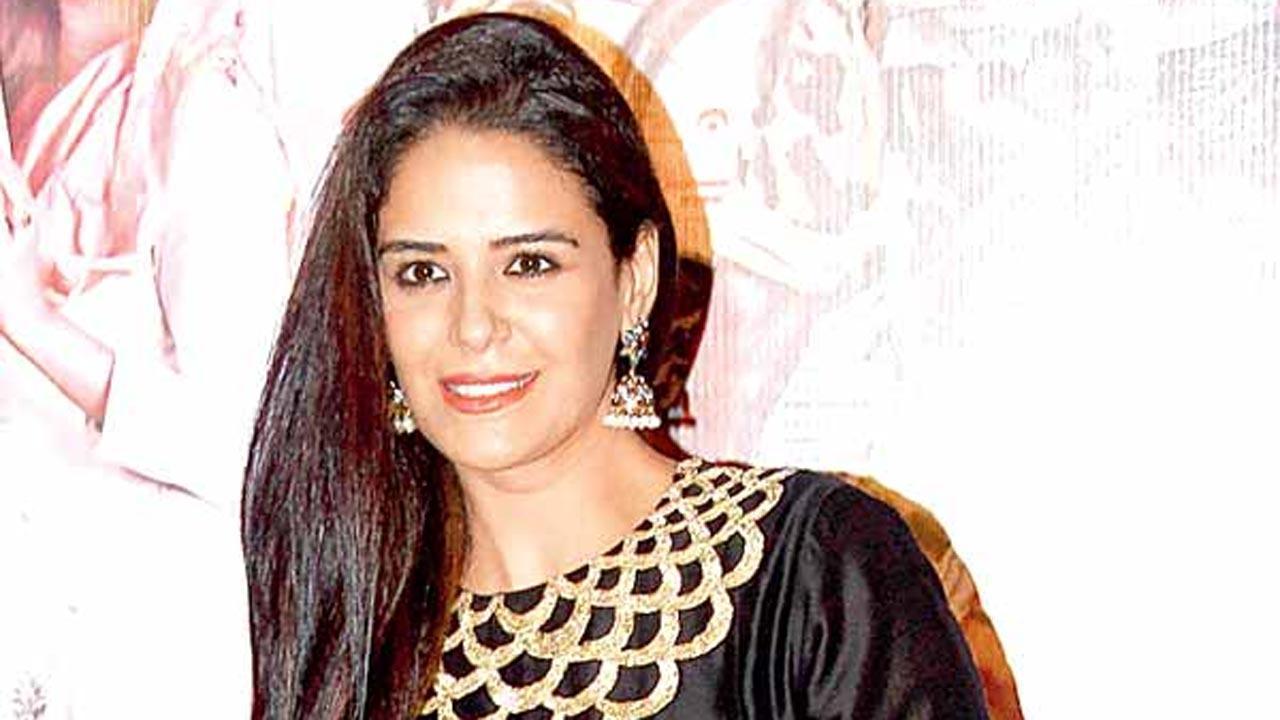
Mona Singh, revered for her compelling performances in both television and film, has been basking in the critical acclaim of her latest cinematic endeavor, ‘Munjya’. The actress contends that India is sitting on an untapped goldmine of folklore, fables, and urban legends that the film industry should pivot towards for its storytelling. In a candid discussion with IANS, Singh emphasized that a significant proportion of horror and supernatural films globally draw inspiration from local folklore and urban myths.
Actress Mona Singh, whose recent film ‘Munjya’ has seen remarkable success, believes that India’s folklore treasure trove holds immense potential for the movie industry. Drawing attention to the phenomenal box office run of films like ‘Stree’, which is grounded in urban legends, she shares insights on how these indigenous stories have an unparalleled appeal.
“Geographically and culturally, India is incredibly diverse. Every 200 kilometers, the dialect changes, the cuisine varies, and so do the local stories,” Singh mused. “‘Munjya’ has taken a tale from Maharashtra and catapulted it to a global audience.” She further asserted, “I am certain that there are countless more tales waiting to be discovered and adapted into captivating narratives, some of which could enrich the horror genre.”
Singh finds a specific charm in portraying characters in horror films. “When you’re on set, you’re merely performing a role amidst a nonexistent spectral world. It’s your imagination that breathes life into it. But the final product—embellished with spine-chilling sound effects and digital wizardry—transforms it into a haunting experience. Watching my own performance in ‘Munjya’ is an exhilarating and unique experience each time,” she articulated.
Moreover, Singh touched upon the evolution of audience preferences. “Audiences now have a refined palate for stories as platforms like OTT have become mainstream in India,” she remarked. “Gone are the days when larger-than-life heroes monopolized the silver screen. Today, viewers demand substantial content. ‘Munjya’ epitomizes this shift—a simple yet compelling story told beautifully.”
Indian cinema has traditionally leaned towards extravagant productions with grandiose narratives.
. Nonetheless, the tides are changing, with OTT platforms providing a space for more nuanced, thought-provoking content. This has led to a burgeoning interest in storytelling that digs deeper into India’s own cultural roots.
Films like ‘Stree,’ with its riveting narrative based on a local urban legend, underscore the audience’s newfound craving for authenticity. The movie, which featured an intriguing confluence of horror and comedy, was well-received both critically and commercially, setting a precedent for future films.
‘Munjya’, on the other hand, has been a noteworthy example despite its modest budget. It demonstrates that a well-told story rooted in local folklore can transcend cultural and geographical boundaries. The film has been journeying from Maharashtra to different parts of the world, a testament to the universal appeal of well-crafted narratives.
From the perspective of craftsmanship, horror films offer a unique challenge and thrill for actors. Singh shares, “During shooting, you engage with an imaginary entity, which can be profoundly stimulating as an actor. When that vision is completed with visual and auditory effects, the entire narrative takes on a life of its own. It’s magical to witness your performance transformed in such a dynamic way.”
Looking forward, Mona Singh hopes that more filmmakers will delve into India’s vast repository of folklore. The appeal of these tales lies not only in their novelty but in their potential to resonate with diverse audiences, making Indian cinema richer and multifaceted. “There are so many stories—one for every dialect, every region. And many of these untold stories have the power to enthrall a global audience,” she said with optimism.
In conclusion, Singh’s advocacy for employing folklore and urban legends in films reflects a broader trend within the Indian entertainment landscape—a move towards stories with soul and substance. With the rise of digital platforms, this treasure chest of timeless tales from India’s many cultures stands a chance to enthrall not just domestic audiences but also capture the imagination of viewers worldwide.
India’s cinema industry, standing on the cusp of transformation, might just find its future in its rich past, telling stories that have been waiting to be told with authenticity and flair. As Mona Singh rightly points out, the time is now for Indian folklore to shine on the global stage.












